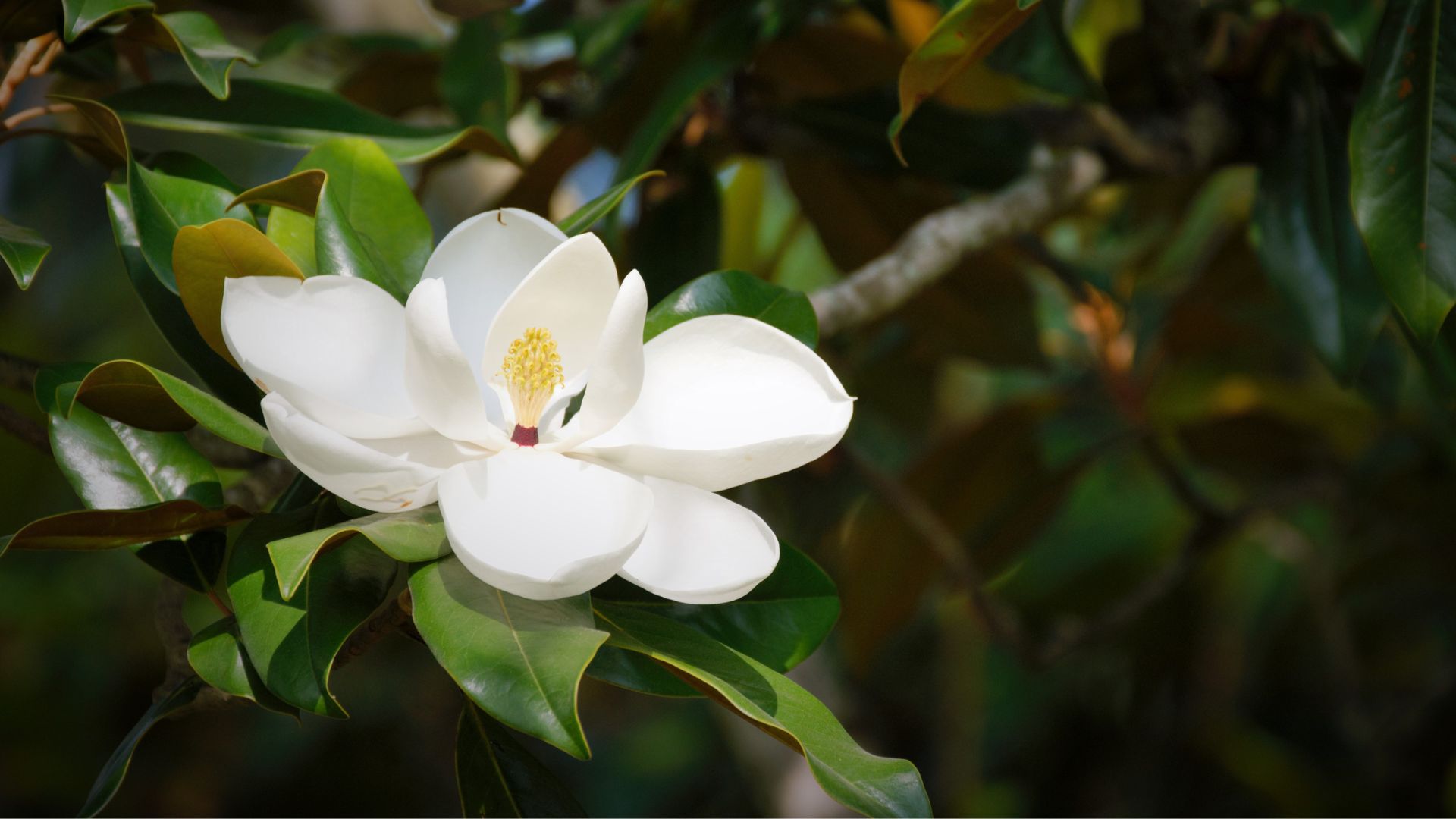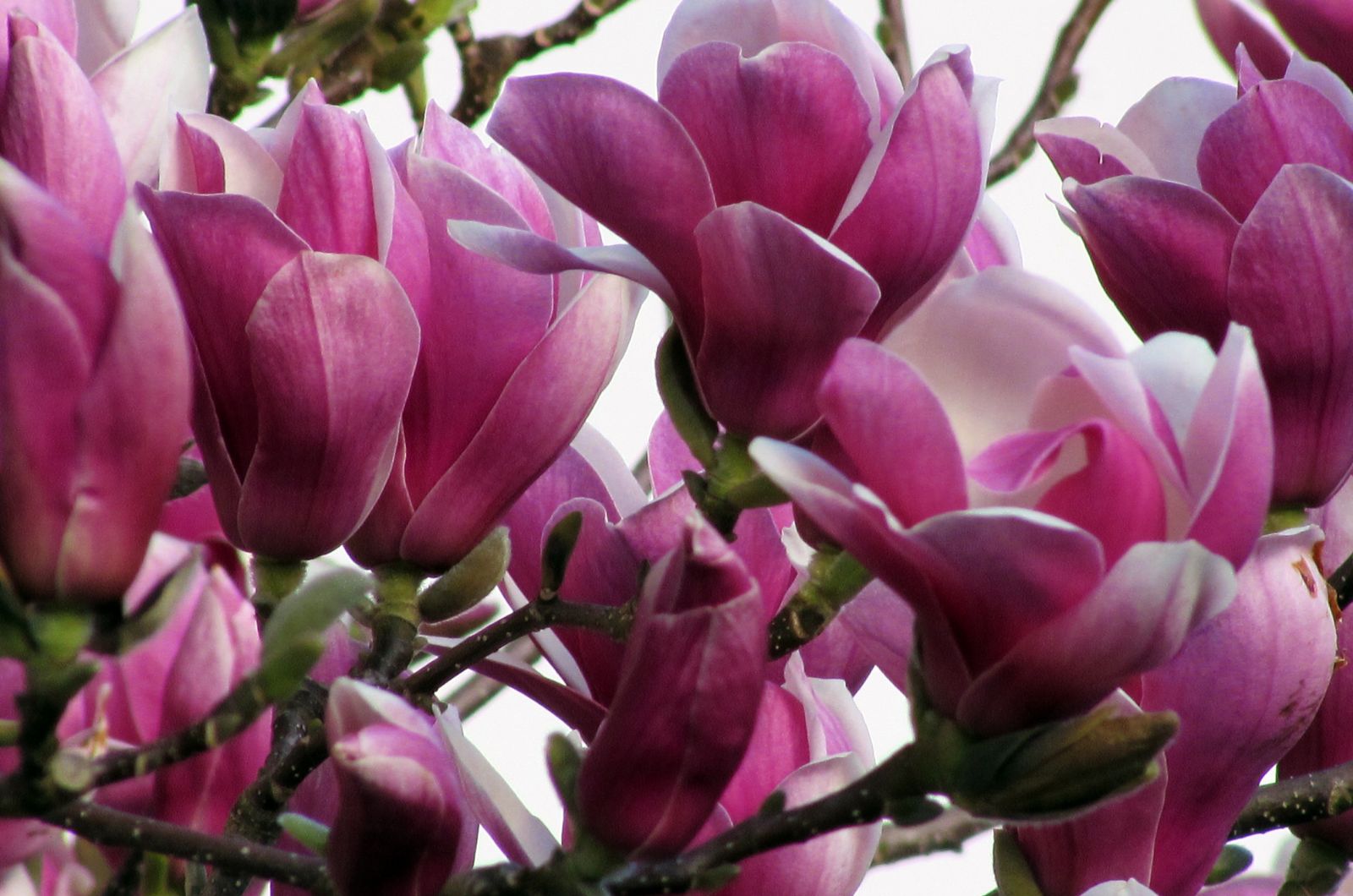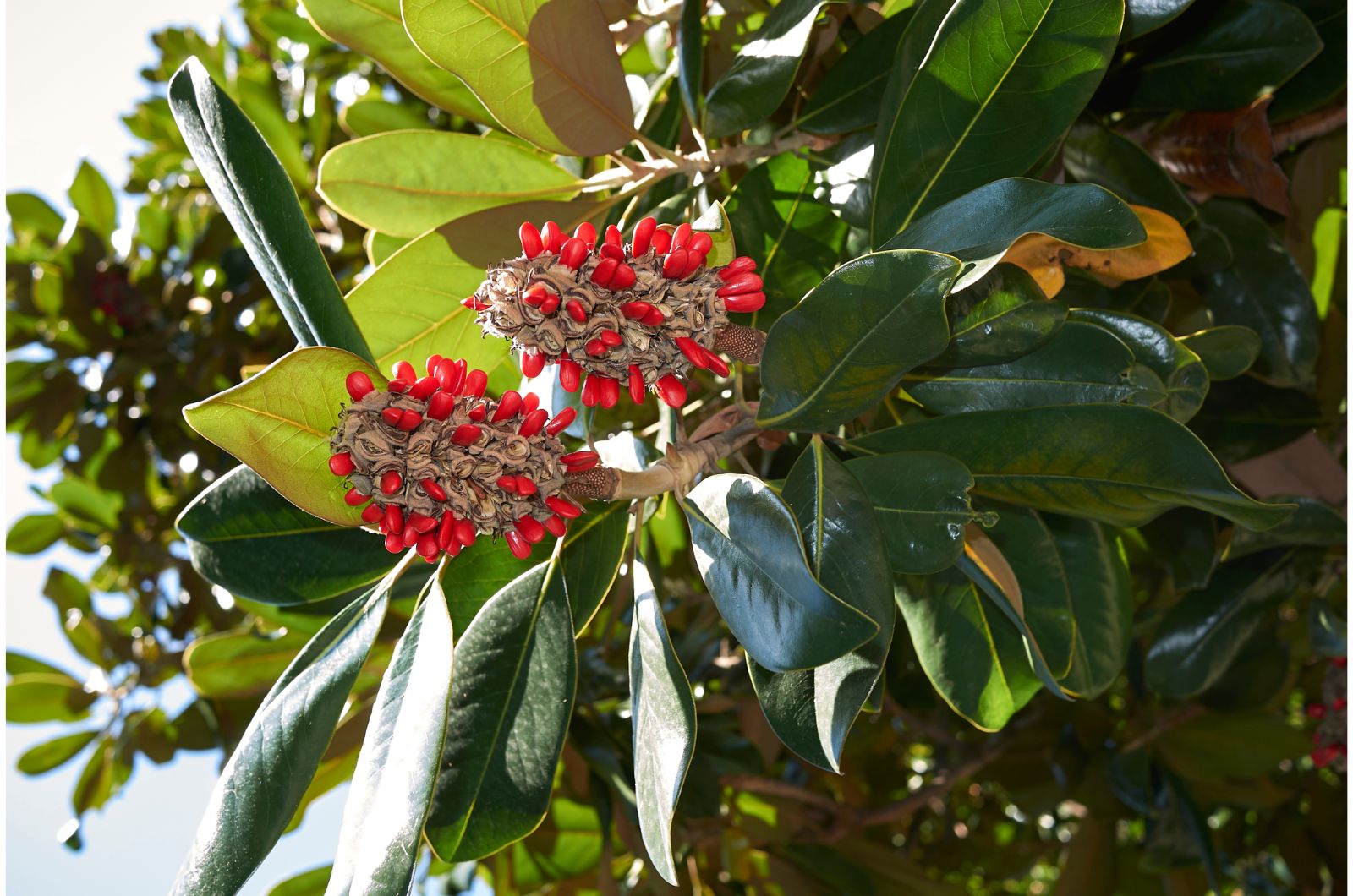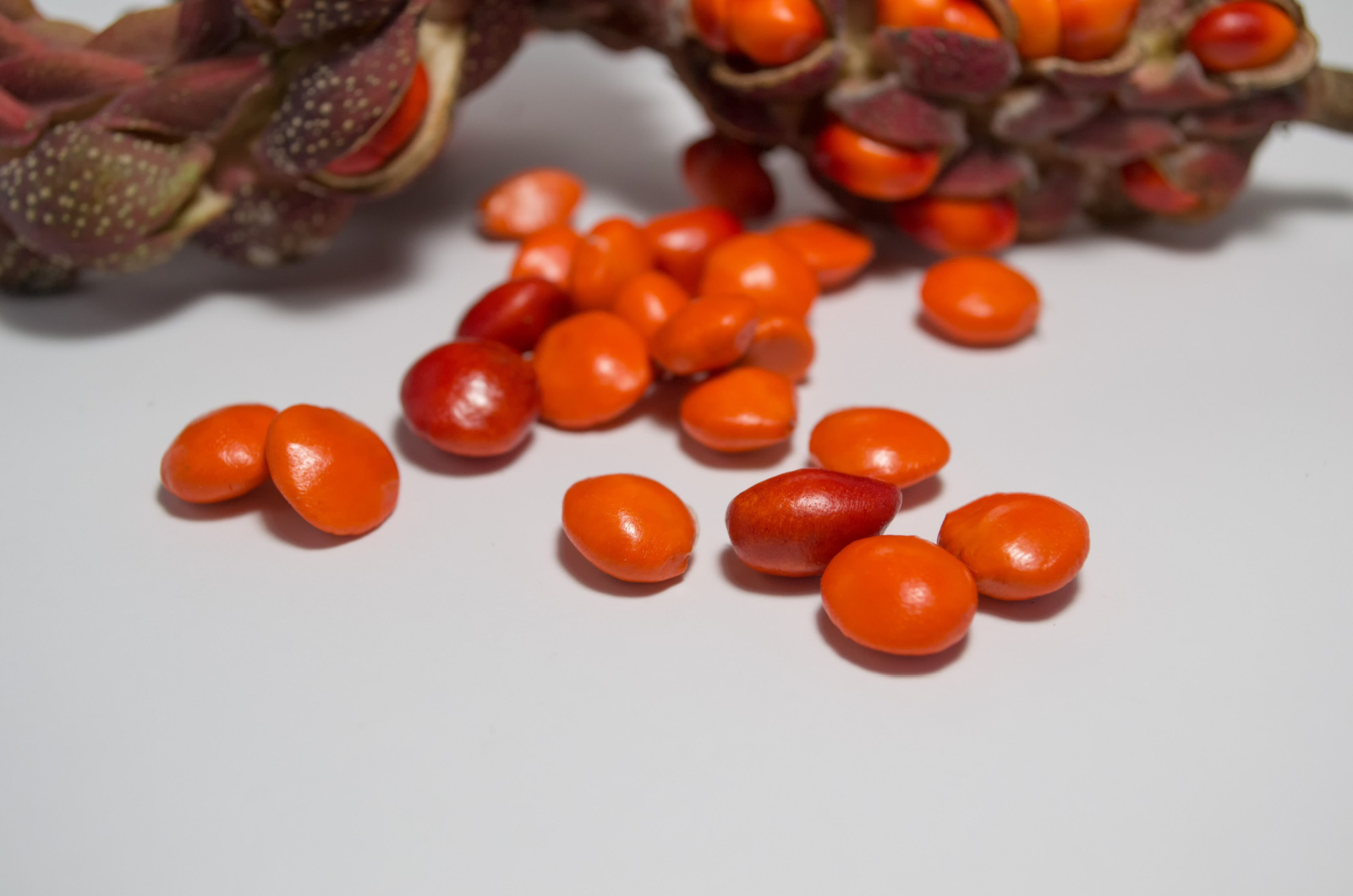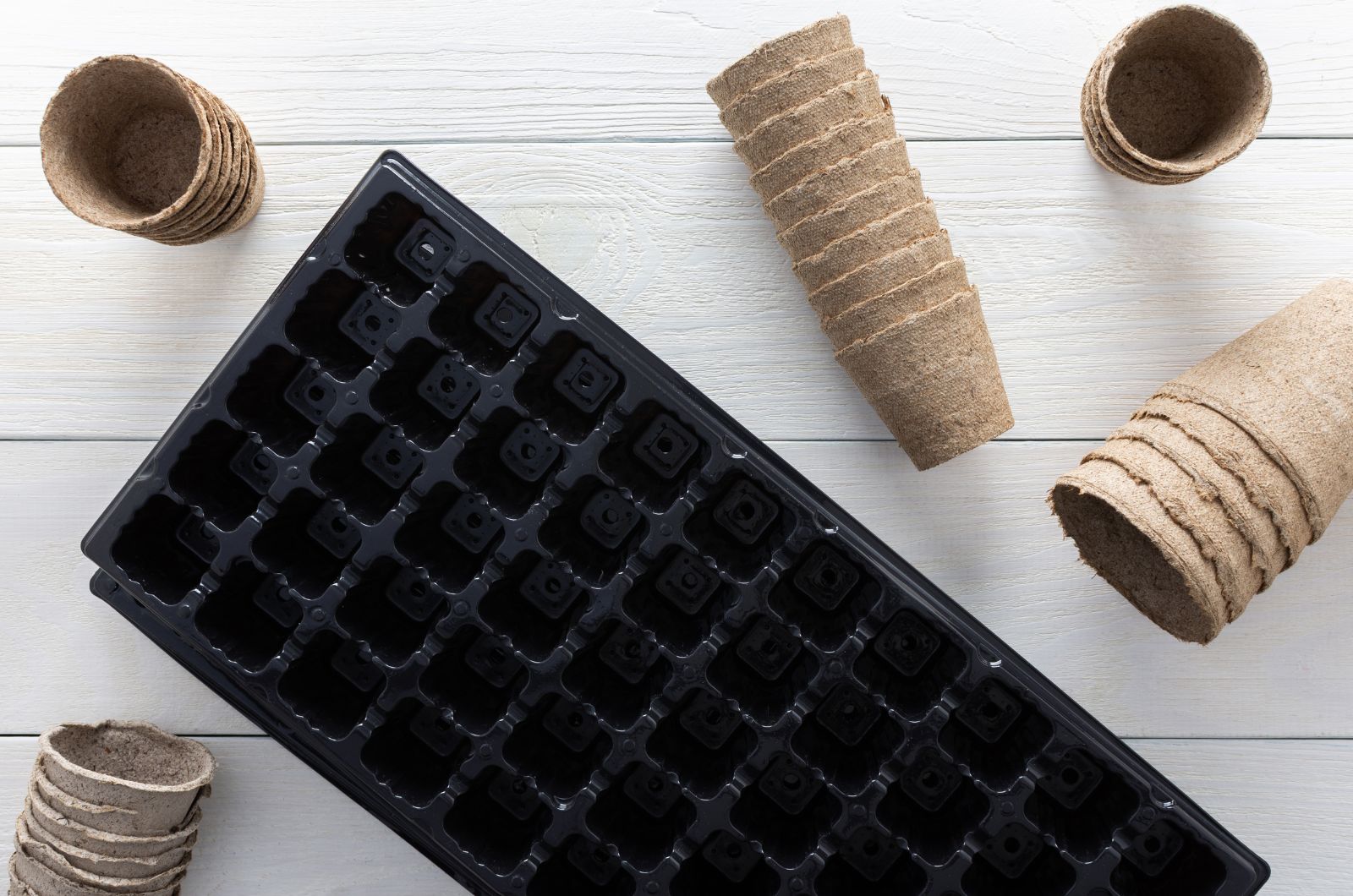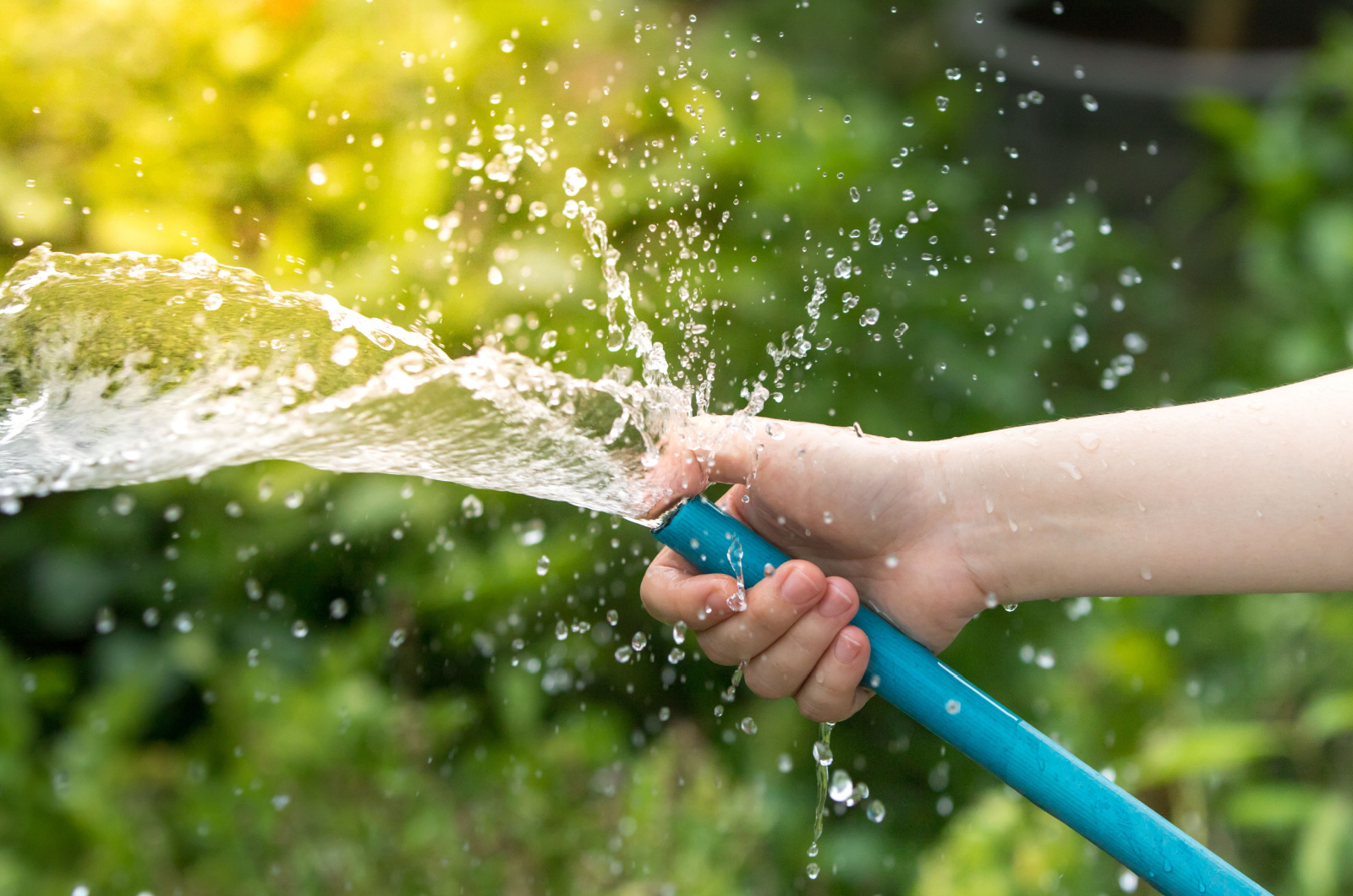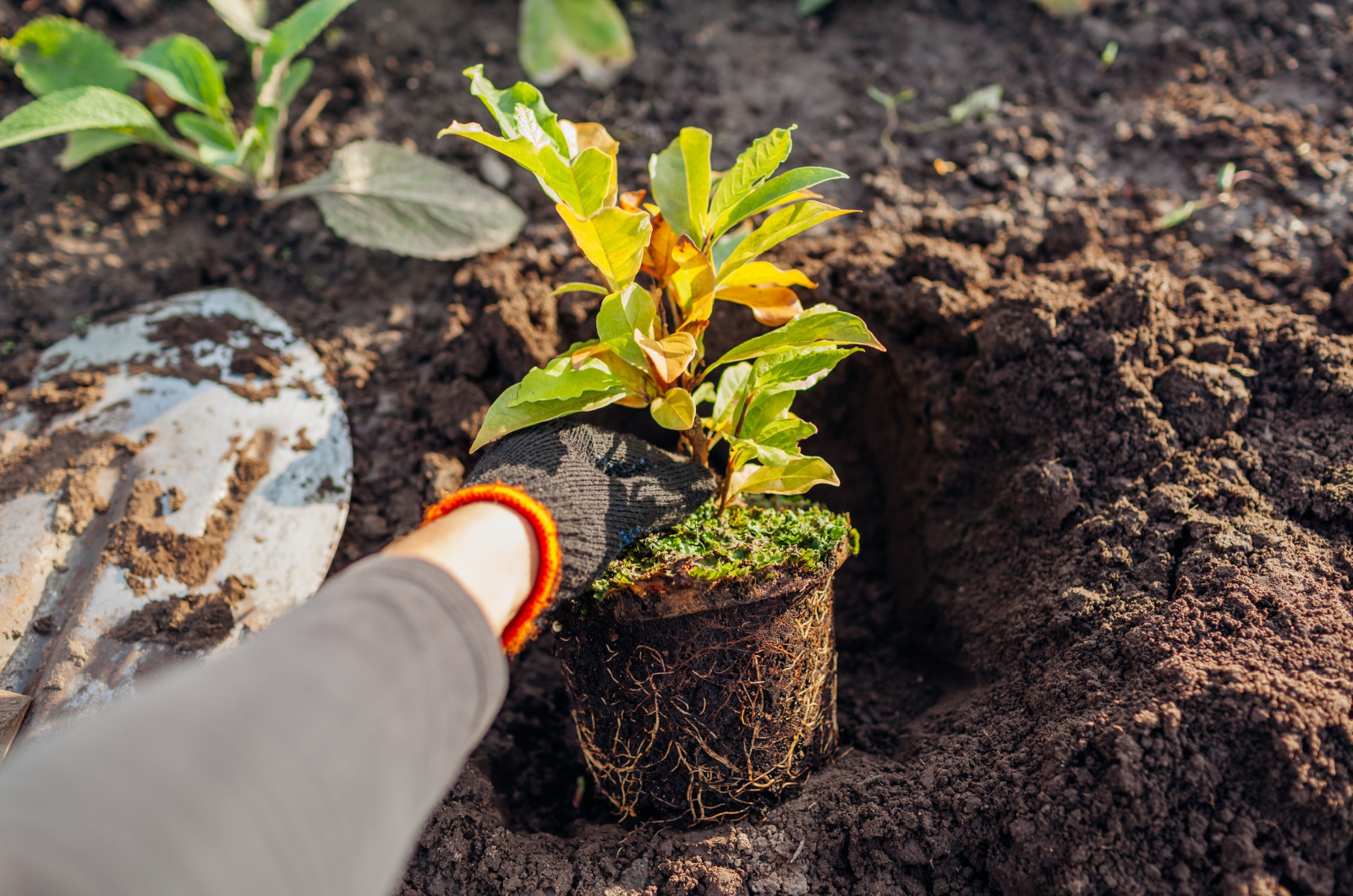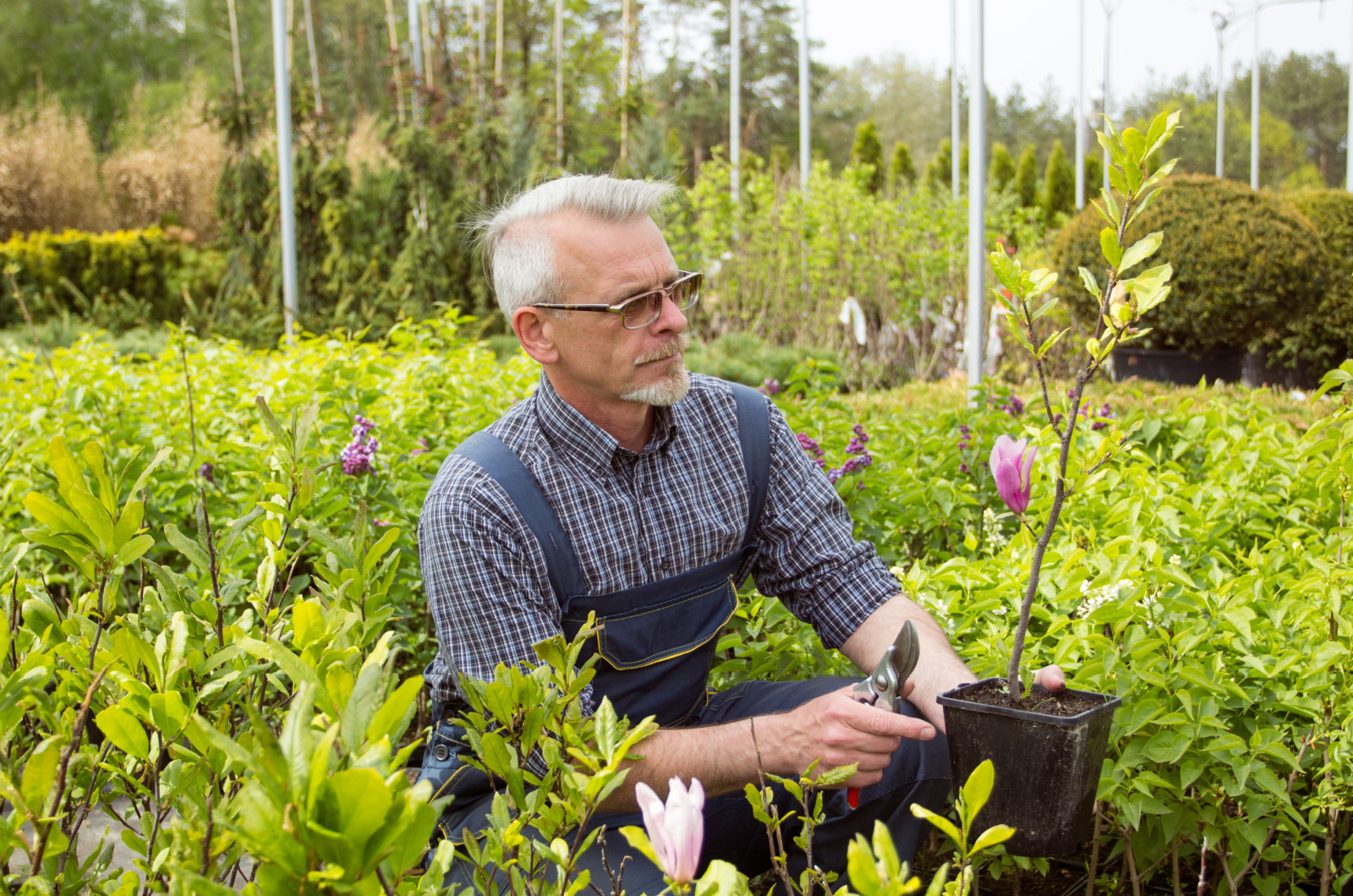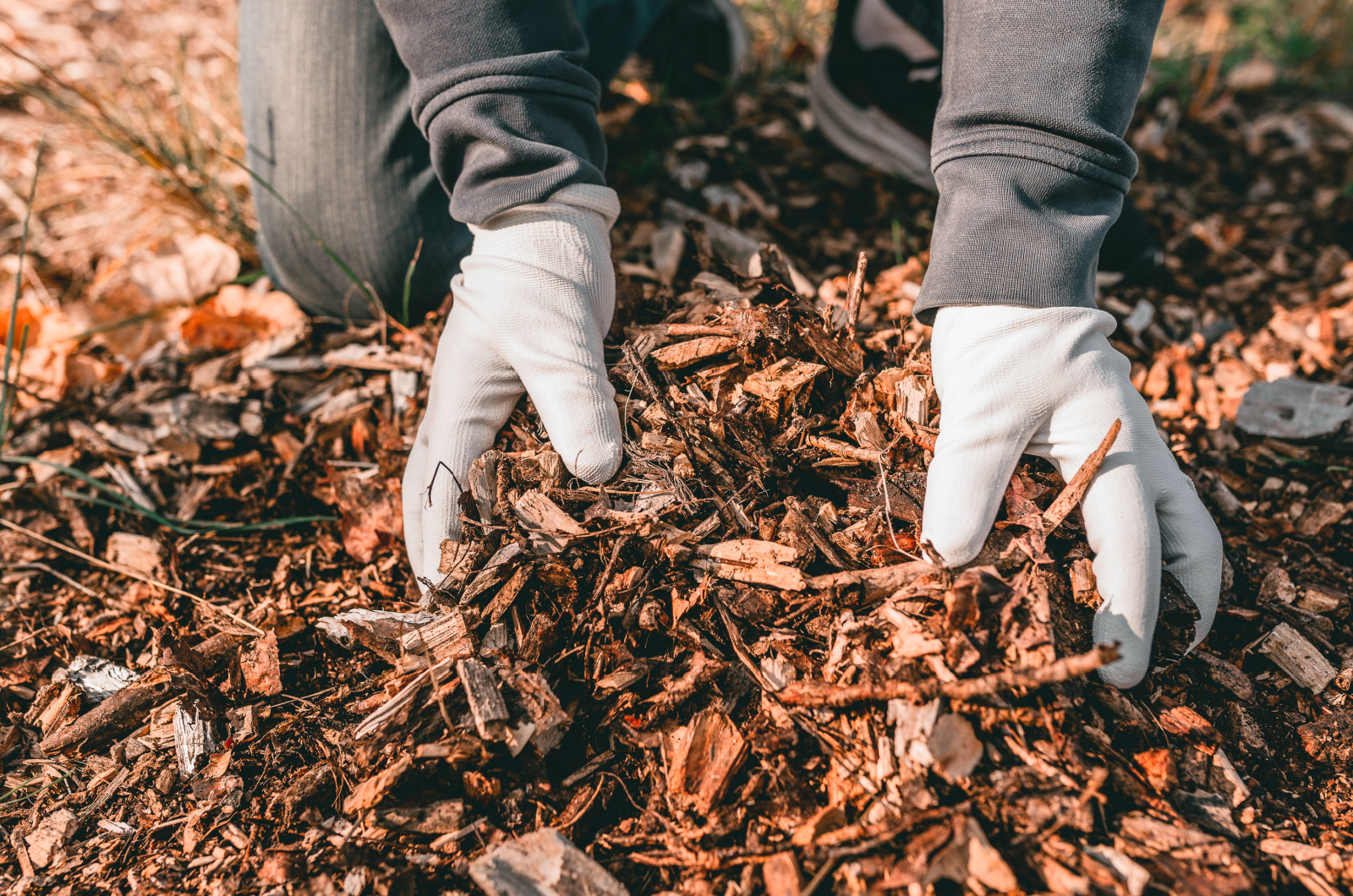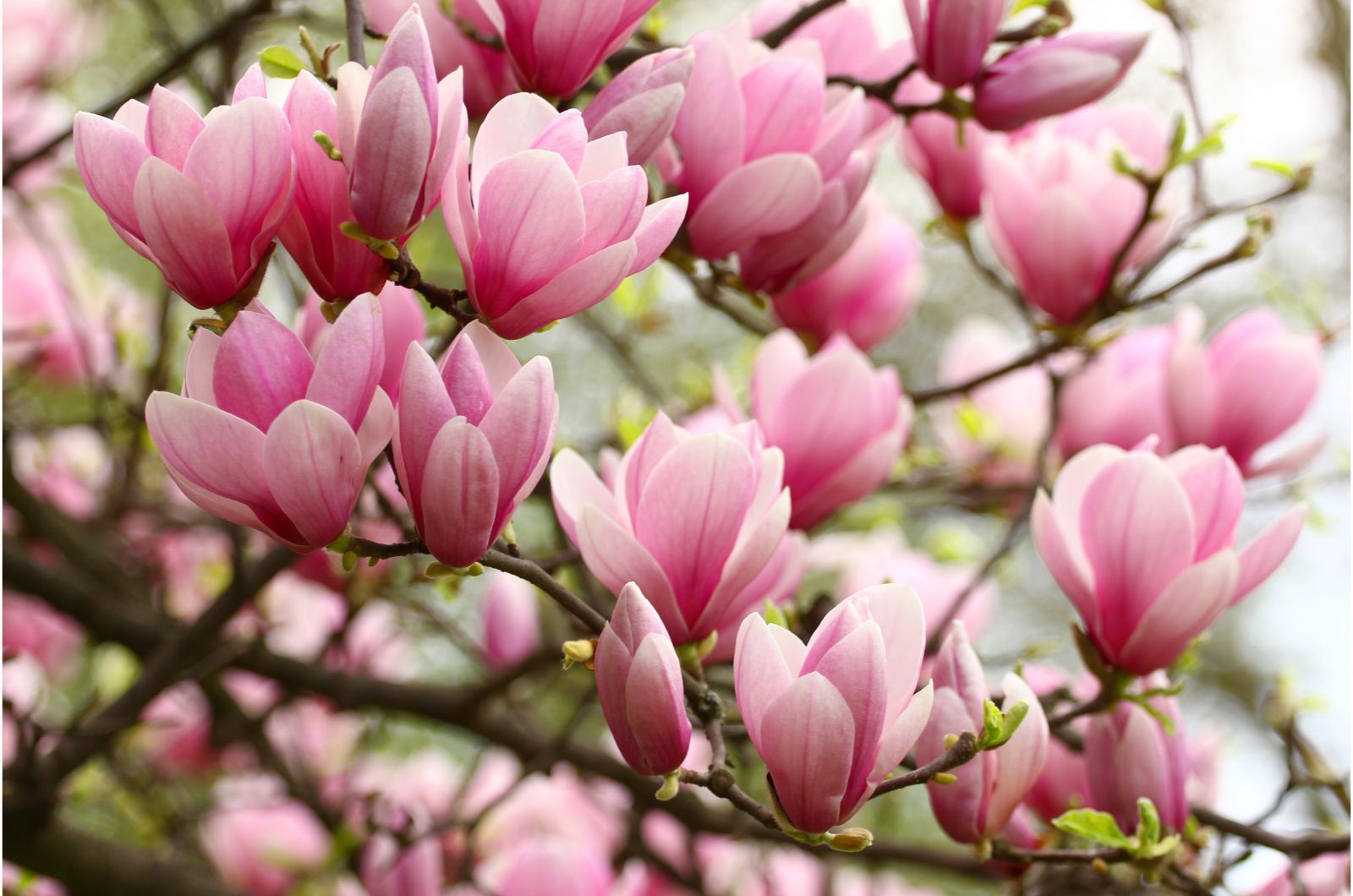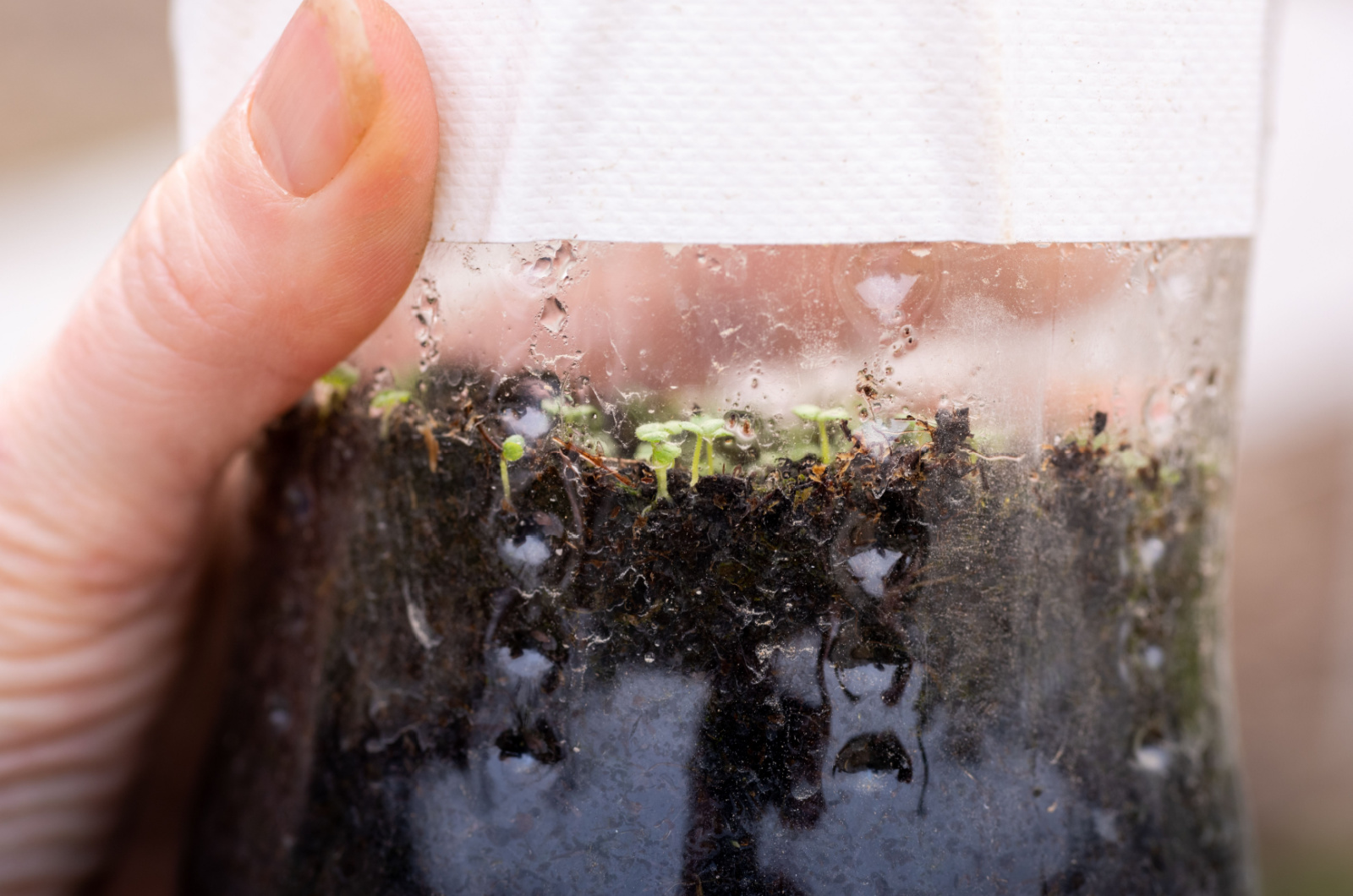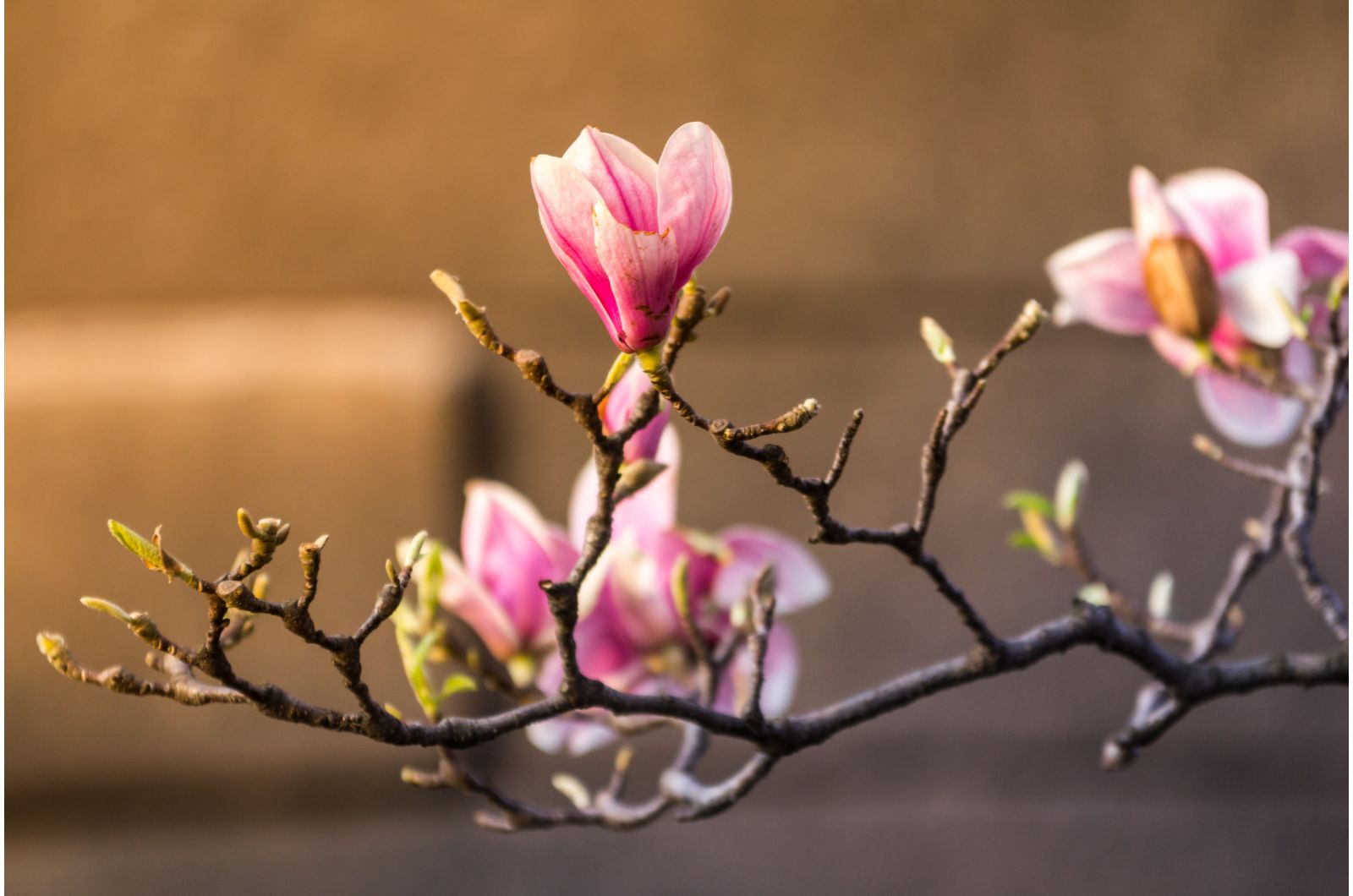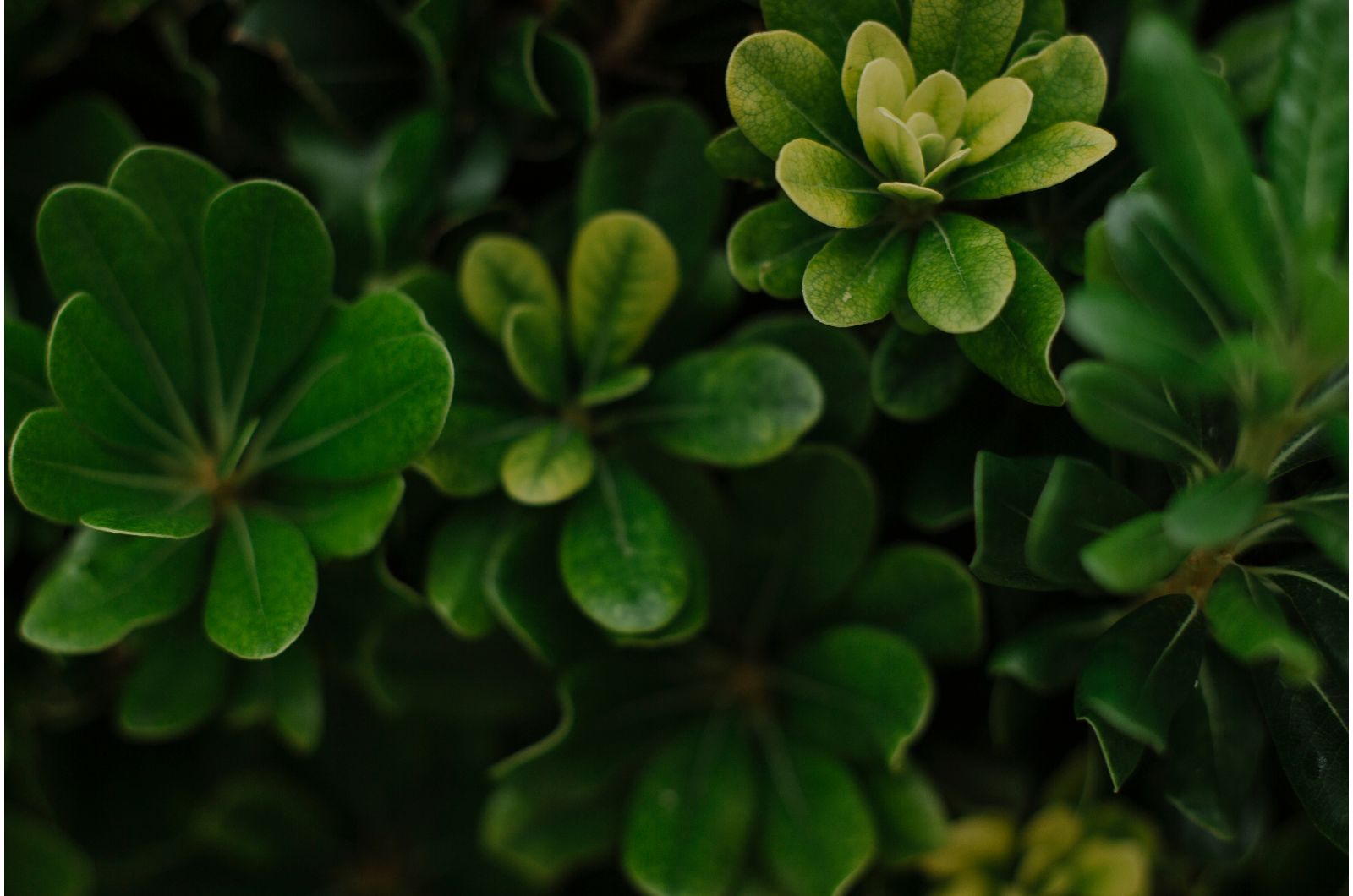Aren’t magnolias perfect? Their gorgeous pink and white flowers are a sign the spring is well upon us, and their irresistible fragrance leaves no one unmoved. In summer, the flowers turn into red berries which carry little black seeds.
These trees can feed the birds in winter, looking stunning while doing it.
Who’s to say they’re not perfect?
And did you know that you can grow them yourself? Yes, you can turn magnolia seeds into magnificent trees.
Here’s how to do it!
#1 Make Sure The Seed Isn’t A Hybrid
If you want to have the best magnolia trees in your garden, you have to look for the right species.
The seeds you wish to propagate have to come from a standard species, not a hybrid. Why? Because hybrid trees won’t grow into the same variety you took them from.
People create hybrid trees by pollinating two different species. Chances are, a hybrid magnolia seed will revert to one of its parent species.
But if you don’t mind this and you love surprises, give it a go. Just know that hybrid trees may be sterile.
#2 Harvest Fresh Magnolia Berries
When magnolia seeds dry out, they won’t be able to germinate. That’s why it’s important to look for fresh ones!
The best thing you can do is harvest magnolia fruits as soon as you notice them. These look like cones filled with red berries.
Take the berries out of the cone, and that’s it (for now)!
#3 Remove The Shell
The next step is removing the outer layer and cleaning the remaining magnolia seeds. Here’s how you can do it!
Step 1. Soak the magnolia seeds in warm water overnight (you can do it for a couple of days without causing any issues). This will make the red shell looser and you’ll be able to take out the seeds.
* You don’t have to do this. You can pry open the seeds with your fingers, but soaking does make it easier!
Step 2. Place the seeds in water. The viable ones will sink, so only use those.
Step 3. Drain the water and plant the seeds at once or store them at about 40°F for 3-6 months before spring planting.
#4 Remember Cold Stratification
Without cold stratification, your magnolia seeds won’t be able to germinate. This process mimics what these seeds are going through in the winter.
Luckily, you can help your magnolia seeds go through it without waiting for the winter.
Fill a zip lock bag or an airtight container with a moist potting mix. Place your seeds in it and cover them with more medium. Put the container or the bag in your fridge for 3-6 months, and that’s it!
It is crucial to keep the seeds moist because they will not sprout if they dry out!
#5 Sow The Seeds
Once spring comes, you can decide whether you want to sow your seeds in pots or in the garden.
Take the seeds out of the fridge, remove the dry, rotten, or damaged ones, and get to planting.
In Pots
Fill a nursery tray or pot with a moist seed-starting mix. Bury the seeds quarter or half an inch deep, lightly covering them with more medium.
Keep the tray or pot in a warm spot or place it on top of a heat mat. Your seeds should sprout in about a month or a month and a half.
P.S. Make sure the seeds don’t dry out or they won’t germinate. Cover them with a plastic bag or a humidity dome to prevent it.
Here’s some more information about preparing and planting magnolia seeds:
In The Garden
When planting directly outside, make sure all danger of spring frost has passed so that it doesn’t destroy your hard work.
Then, choose a suitable location. Although you can move your magnolia later, I wouldn’t recommend disturbing it. These trees love full sun and well-drained mediums.
Amend the garden soil with compost and plant your magnolia seeds quarter or half an inch deep. Keep the seeds moist and mulch them to increase moisture retention.
The seeds should germinate within a month or a month and a half. If you don’t see any sprouts within that time, it’s likely they have dried out, frozen, or become food for scavengers.
#6 Transplant The Seedlings
If you’ve started your magnolia seeds in trays or pots, you’ll eventually have to transplant them outside or at least to a large container.
The best time to do it is in the spring, a year after sowing the seeds. These trees are moderate-to-fast growers, which means you could transplant them as early as fall of the year you started them.
But know that fall weather can be tricky. Cold can damage the roots and destroy all your hard work.
If your trees need more room to grow, you can always move them to a larger container before transplanting them outside. Keep them in a garage, greenhouse, shed, or even a cold frame over winter.
Transplant your magnolia once it’s a couple of feet tall. Move it to a spot that receives full sun and has aerated soil with excellent drainage.
Step 1. Dig a hole deep enough to accommodate the entire root system.
Step 2. Put your small tree into the hole. Ensure that its crown is level with the soil surface.
Step 3. Fill in the hole with the growing medium and gently pat it down to compress it a bit. Water your magnolia and add more soil if necessary.
Step 4. Add some all-purpose, well-balanced fertilizer such as triple 10, and water everything again.
Step 5. Use organic mulch to increase moisture retention.
#7 Mulch Around Your Magnolia
Mulching is a crucial step because it will prevent your seeds and seedlings from drying out.
If you’ve planted your magnolia seeds in a pot or tray, you can cover them with vermiculite. For seeds sown in-ground, use straw or compost as mulch.
When transplanting seedlings, don’t forget to add some wood chips. They will reduce water loss and insulate the roots, regulating the temperature.
As your magnolia tree continues to develop, keep mulching it once a year. Just make sure to avoid placing mulch near the trunk because it can lead to rotting. You can do this in spring or fall as a part of your yearly cleanup.
P.S. cover your young plants with a shade cloth during their first growing season. This will prevent them from burning in the hot afternoon sun.
#8 Wait For The Blooming Season
I don’t want to dishearten you, but seed-started magnolias will take 10-15 years before they can bloom.
And if you’ve picked a variety not suitable for your USDA zone, they may never flower, so choose wisely.
These trees thrive in zones 2-10, but they perform best in warmer climates. Southern magnolia, for instance, needs mild winters and won’t be able to shine in regions colder than zone 7.
Can You Sow Magnolias In Winter?
Magnolias are amazing winter plants for privacy, but can you plant them in winter?
Sometimes a refrigerator isn’t enough for cold stratification, or it’s too much work. Instead of placing your clean seeds in the fridge, you can sow them in containers and place them outside over winter.
That way, the seeds will get the cold they need together with other elements such as rain, snow, wind, and sunlight.
Pro tip: If you have a lot of seeds, try cold stratification in the fridge and outdoors. See which method works best for you. Share the extra seedlings with your loved ones!
Bonus Info
I have a couple of bonus tips and information about starting magnolia seeds below. Check them out!
Storing The Seeds After Cold Stratification
It isn’t ideal, but you could store your seeds at temperatures between 32-40°F for a couple of months after cold stratification.
Of course, don’t allow the medium or seeds to dry out because it will destroy them. You’ll end up with plenty of seeds without the ability to germinate.
Reasons Your Tree May Not Be Blooming
There can be a number of reasons why your magnolia trees aren’t blooming.
First, make sure your tree is mature. Magnolias need to be 10-15 years old before they can start flowering.
Other reasons include low soil fertility, lack of sunlight, and species being outside their preferred hardiness zone.
Final Thoughts
Starting magnolias from seed is a rewarding experience, but it requires a lot of patience. You’ll have to wait for at least a decade before you see the first flowers.
And yet, you’ll be able to follow its development every step of the way. What’s better than that?

